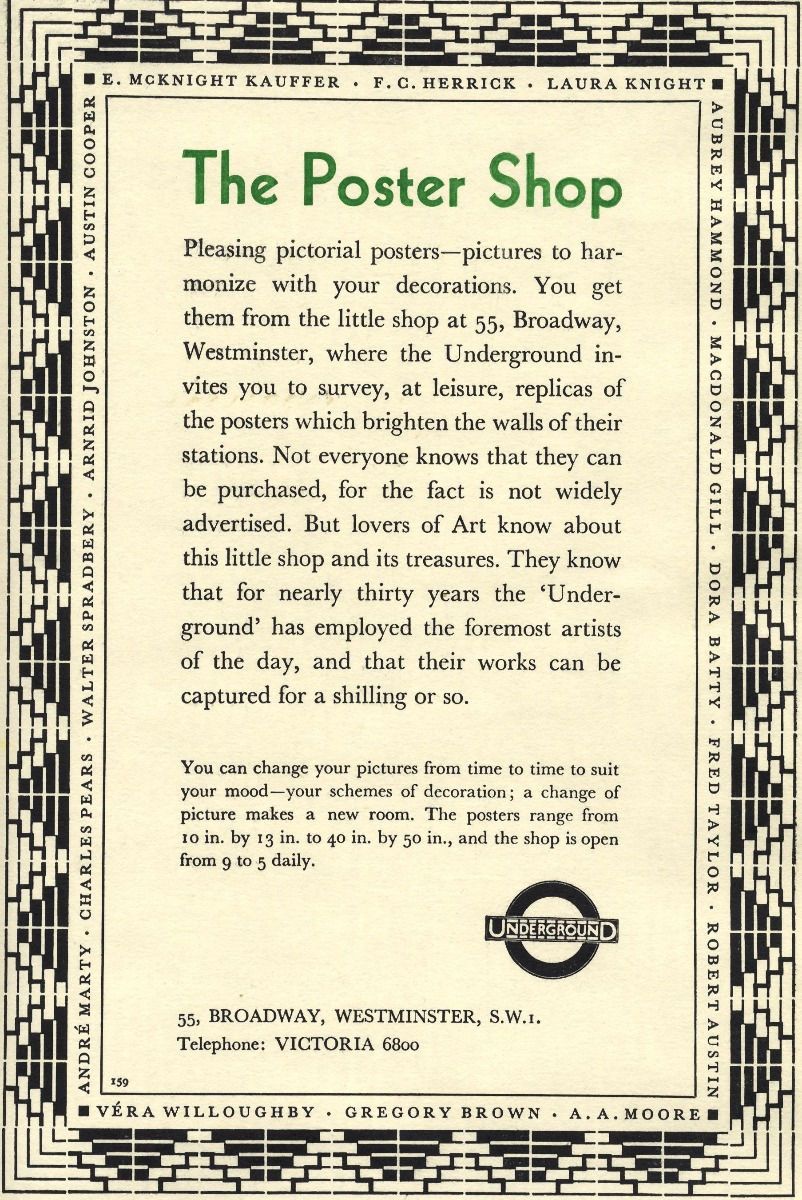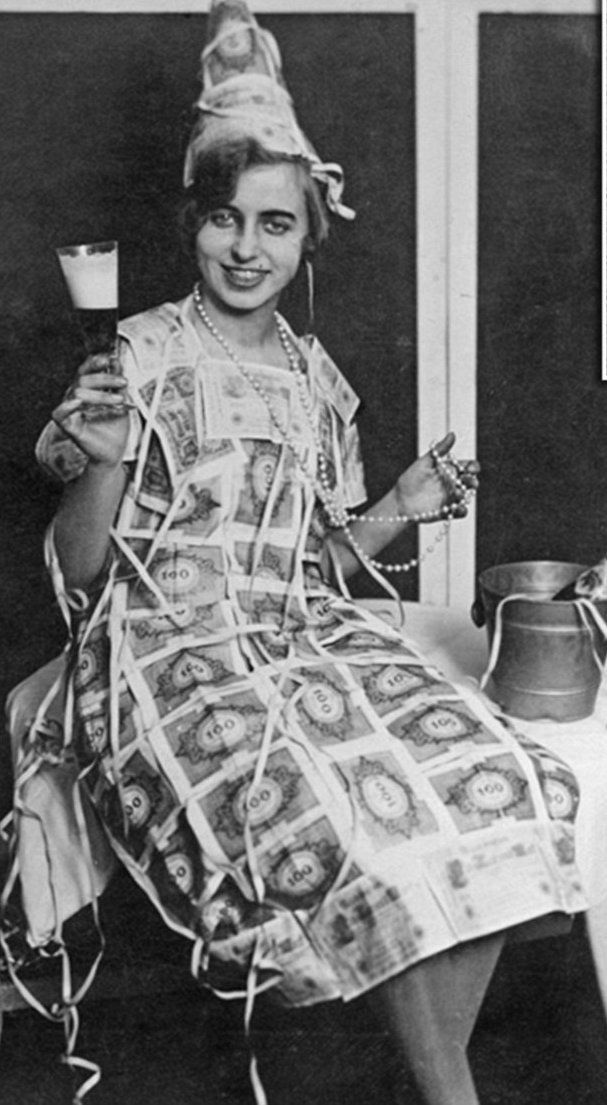POSTERS AS WALLPAPER
- grahamtwemlow
- Mar 3, 2022
- 2 min read
London Underground posters given a new lease of life
Last evening (02.03.2022 11pm GMT) Cooper Hewitt, Smithsonian Design Museum curators Caitlin Condell and Emily Orr gave one of four lectures that explored the history of print and digital culture. The talk, shared by Caitlin and Emily, and chaired by Ellen Lupton, was "about graphic design legend E. McKnight Kauffer". One image they showed was a photograph of a bathroom wallpapered with London Underground posters. This Blog post is my story of the photograph.

A letter written by McKnight Kauffer was published in the December 1923 issue of The Architectural Review magazine. He noted that an article in the previous issue of the magazine about a large country house had mentioned “the fact that one of the bathrooms had been decorated with [London] Underground posters.” He asked if it was possible to see a photograph of the bathroom.
The house was Sherfield Court, Hampshire, bought in 1918 by Lord Gerald Wellesley, and his wife Dorothy, as their country home. Over time they renovated the house by adding wings and generally updating it. A diplomat, and soldier, Gerald Wellesley was also an accomplished architect. Dorothy Wellesley was a poet, writer and at one time an editor at the Hogarth Press.
In response to McKnight Kauffer’s letter the editor of The Architectural Review explained that, yes, the bathroom was papered with London Underground posters. The lower part of the wall was tiled, “but the whole of the rest of the room, including the ceiling, is covered by Underground posters by various artists.”

London Underground posters were for sale.
This, a press advertisement from 1933
This is my reading of the posters Top left:

E. McKnight Kauffer The Heaths. No 178. Surrey 1916
Below left:

Florian (Harold Sandys Williamson)
The Roof of London - Hampstead
1922
Next to Kauffer's poster:

Elijah Albert Cox The Park Keeper
1920
Two posters to the right of the Cox poster, one fitted around the ceiling light:

CRW Nevinson Walkers. For a Good Start Use The Motor-Bus 1921

CRW Nevinson Pleasure. One Way to Pleasure - By Motor-Bus 1921
To the right of Nevinson’s poster:

Fred Taylor
By Tram From Hammersmith, Wimbledon or Shepherds Bush
1922
The pair of posters above the wash basin:

F.C. Herrick
Live in the Land of Sun Shine at the End of the Underground
1921

F.C. Herrick Overcome the Difficulty of the Journey. Travel by Underground 1921
In response to McKnight Kauffer's request the editor added:
“It is amusing to note that the room adjoining the bathroom is papered with German and other practically worthless foreign banknotes”.
Hyperinflation hit the Weimar Republic of Germany after World War One. The exchange rate for a German mark spiralled out of control making it virtually worthless. At the beginning of the War a mark was valued at around 20 to the £. In 1922, presumably when Lord Wellesley obtained the marks that he used as wallpaper, it rose to almost 40,000 marks to the £. By the end of 1923 it was calculated at a crazy £25 million.
There are many photographs taken at this time of families using marks as fuel for stoves, and other more frivolous usage – including as wallpaper


Comments